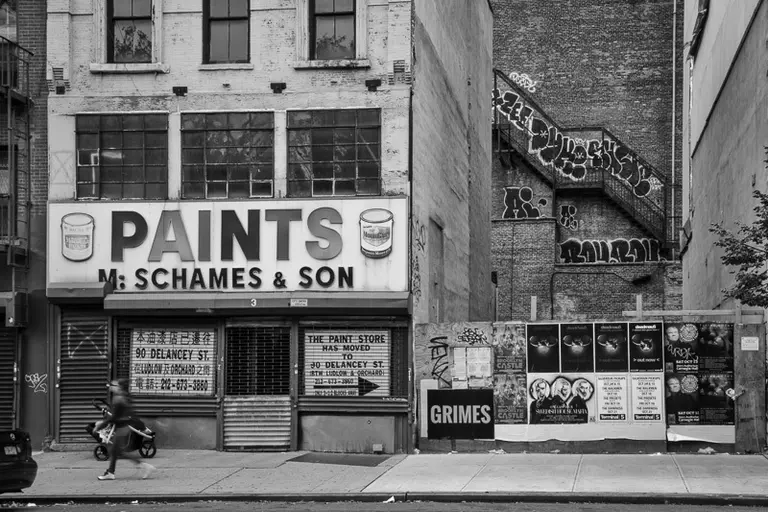November 18, 2016
6sqft’s ongoing series The Urban Lens invites photographers to share work exploring a theme or a place within New York City. In this installment, Meryl Meisler captures the artists and performers of Bushwick's bar and event space Bizarre. Are you a photographer who’d like to see your work featured on The Urban Lens? Get in touch with us at tips@6sqft.com.
When he moved to NYC, French filmmaker Jean-Stéphane Sauvaire squatted in a boarded up Bushwick building until he eventually owned it. Along with friend Gregory Baubeau, he decided to turn the building into a bar, performance space, and gallery inspired by the wild stories of Greenwich Village's underground, avant-garde Café Bizarre. Their own BIZARRE opened in 2013, and shortly thereafter they exhibited photographer Meryl Meisler's iconic shots of the neighborhood in the glam/gritty '70s and '80s.
Now, Meisler has come together with Sauvaire and Baubeau for a new exhibition that showcases the "assorted madness and the unexpected" of present day BIZARRE. They've shared their energetic photos with 6sqft, capturing all those who make the venue special--the acrobats, artists, burlesque, circus, drag kings and queens, fire spinners, magicians, musicians, poets, patrons and more--and Meisler has given us the inside scoop on this unique scene.
See the collection here
